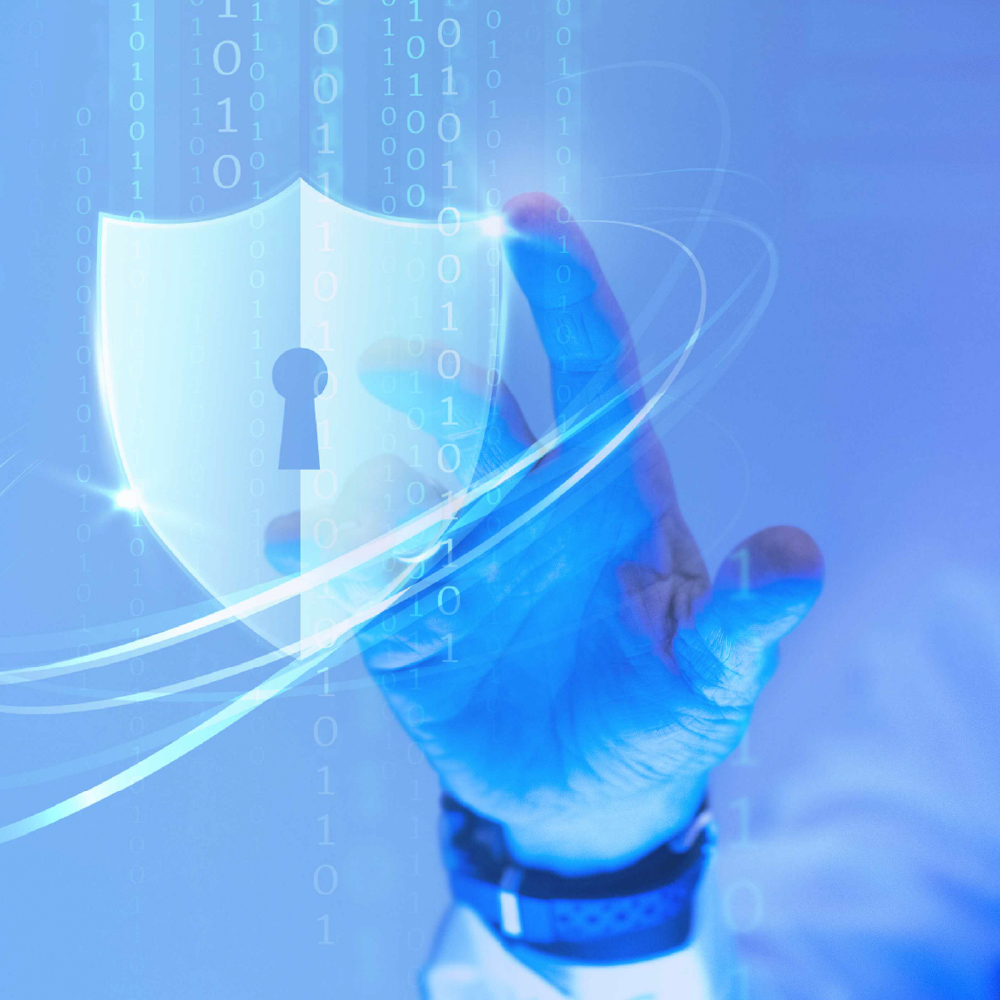
In today’s digital age, protecting your online accounts is more crucial than ever. Cybersecurity threats are constantly evolving, making it imperative to create strong passwords and adopt effective safeguarding practices. This article will guide you through the process of creating robust passwords and provide essential tips for maintaining the security of your online accounts.
The Importance of Strong Passwords
Passwords are the first line of defense against unauthorized access to your personal information. A weak password can be easily cracked by hackers, leaving your sensitive data vulnerable. Strong passwords significantly reduce the risk of cyberattacks by making it more difficult for malicious actors to gain access to your accounts.
Many users make the mistake of choosing passwords that are easy to remember but also easy for hackers to guess. Common mistakes include using simple passwords like “123456,” “password,” or using personal information such as birthdays or names. These predictable passwords are often the first to be tried by cybercriminals.
How to Create Strong Passwords
A strong password should be a mix of uppercase and lowercase letters, numbers, and special characters. This complexity makes it harder for hackers to crack your password using brute force attacks.
Avoid using easily guessable patterns such as “abcd1234” or “password1.” Instead, create a password that doesn’t follow a predictable sequence. For example, a combination like “R7^pL!qZ3” is far more secure.
The longer the password, the more secure it is. Aim for a password that is at least 12 characters long. Longer passwords provide an additional layer of security and are more resistant to brute force attacks.
Passphrases are an excellent alternative to traditional passwords. A passphrase is a sequence of words or a sentence that is easy for you to remember but difficult for others to guess. For instance, “BlueSky!MorningCoffee” is a strong passphrase that is both long and complex.
Tips for Safeguarding Your Online Accounts
Two-factor authentication adds an extra layer of security to your accounts. With 2FA, you need to provide a second form of verification, such as a code sent to your phone, in addition to your password. This ensures that even if someone obtains your password, they won’t be able to access your account without the second factor.
Password managers are tools that help you generate and store strong passwords. They allow you to use unique passwords for each of your accounts without having to remember them all. A password manager securely stores your passwords and can auto-fill them when you log in to websites.
Regularly updating your passwords reduces the risk of your accounts being compromised. Set a reminder to change your passwords every few months. Additionally, if you suspect that any of your accounts have been breached, change your password immediately.
Security questions are often used as a secondary verification method. Choose security questions and answers that are difficult for others to guess. Avoid using information that can be easily found on social media or through public records.
Regularly monitoring your accounts for any suspicious activity is crucial. Enable notifications for login attempts and account changes. If you notice any unusual activity, change your password immediately and report the incident to the service provider.
Protecting Your Accounts from Phishing Attacks
Phishing emails are fraudulent messages designed to trick you into revealing your personal information. These emails often appear to come from legitimate sources, such as banks or online services. Be wary of any email that asks for your password or other sensitive information.
Before clicking on any links or providing information, verify the source of the email. Check the sender’s email address and look for any inconsistencies. Legitimate companies will never ask for your password or personal information via email.
Many email providers and web browsers offer anti-phishing tools that can help identify and block phishing attempts. Enable these tools to add an extra layer of protection against phishing attacks.
Additional Security Measures
Ensure that your operating system, web browsers, and any security software are up to date. Software updates often include patches for security vulnerabilities that could be exploited by hackers.
Protect your devices with strong passwords, PINs, or biometric authentication. Enable encryption on your devices to protect your data in case they are lost or stolen.
Public Wi-Fi networks are often unsecured, making it easier for hackers to intercept your data. Avoid accessing sensitive information or logging into accounts when using public Wi-Fi. If necessary, use a Virtual Private Network (VPN) to secure your connection.
Creating strong passwords and adopting robust security practices are essential steps in safeguarding your online accounts. By using a mix of characters, avoiding predictable patterns, and employing additional security measures like two-factor authentication and password managers, you can significantly enhance the security of your personal information. Stay vigilant against phishing attacks and regularly monitor your accounts to ensure your online presence remains secure. In a world where cyber threats are ever-present, taking proactive steps to protect your accounts is not just recommended, but necessary.